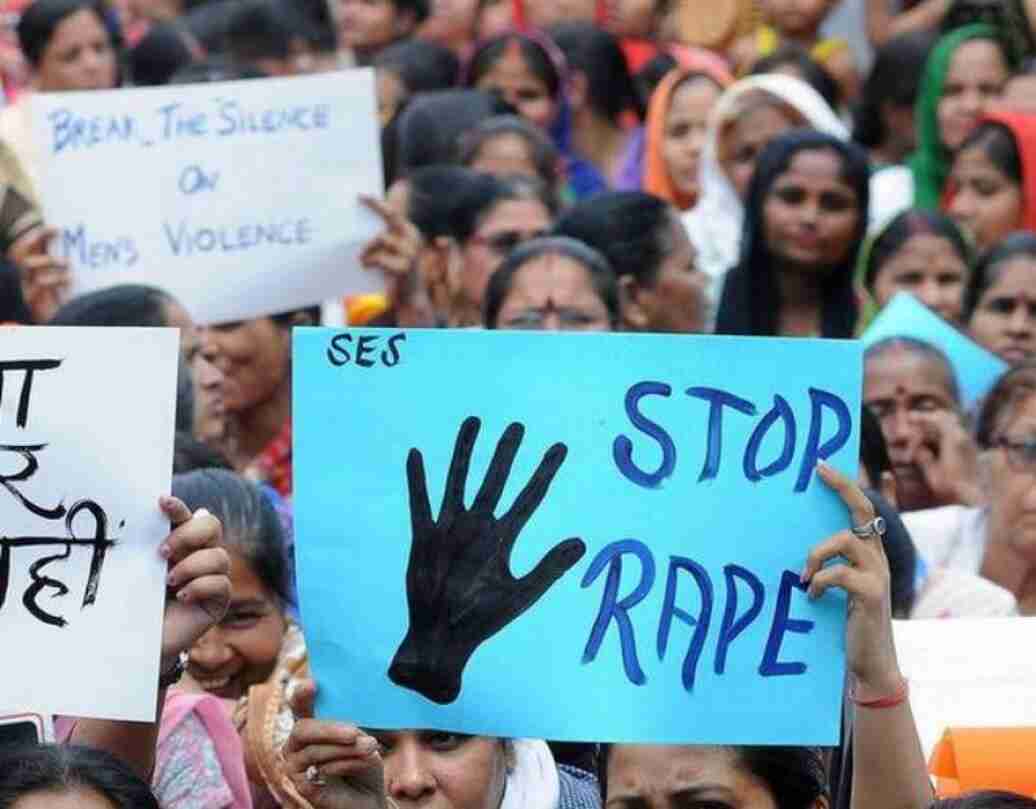Shame, guilt and horror

It is just another day to feel ashamed as a human being, as there was yet another brutal rape incident near one of India's metropolitan cities—Mumbai. In the political circles though, one could only see blame games and not shame. The rape incident is just an indicator that the rot in national conscience remains, and the political class also continues to mock that declining conscience by seeking to bargain political dividends at the cost of lost modesty, lost life. To say that India should be ashamed of the Mumbai rape incident may not be appropriate, rather it should be said that India should be ashamed for it is showing no signs of change — or very little than it should have. The 32-year-old woman in Sakinaka — a slum dweller — was brutally raped early Friday and some unidentified object has been found in her private part. The Sakinaka woman had been battling it all alone after she was separated from her husband eight years ago, with two daughters and a disabled mother being her liability. Her own struggle of life would see this tragic end as a happening that should break the courage and conviction of every common person, women in general, who struggle daily for a modest life and dignity. Rape is not just a legal crime, it is the fallout of societal inadequacies and partly a result of lacking political will, resolve or seriousness. Can the Sakinaka rape case, or for that matter, any rape case be discussed in isolation? Despite a multitude of differences across incidents, no. The failure to protect women, to allow them to continue her struggle and win over it, is that of the society, the legal system and the political class across opposition and proposition. But this failure is not at all a new phenomenon. It is something that is pestering us on a daily basis. This failure forces us to live in an unbalanced society with unfulfilled potentials—amid shame, guilt and horror. Unfortunately, it is an accepted notion that rape is a common crime in India, and there is a set pattern for the events that would follow the incident. The unpredictable element, however, is which cases would grab big headlines and come to the notice of the public at large. This pattern is highly faulty as it gives a wrongful impression of rape crimes in India. It establishes a perception that rape is common evil and only some of these—for unknown reasons—need to be talked about and protested. It is not just a question of parity, but a question of consistency that is so vital to eliminate deep-rooted societal evils. The continuum of efforts has to come from the political class, the legal system, the fourth pillar and the general public at large. It is a matter of extreme pain as to why something as inhuman should remain common in the society we live in. If we just leave it to high-profile cases to bring change in instalments, we will take decades instead of years to reach what should appropriately be called a normal situation. In the year after the Nirbhaya incident in Delhi on December 16, 2012, there was a spike of 132 per cent in the number of reported cases. This spike slowed down to 32 per cent for the next three years. The point is that a systemic problem cannot be left to titbit measures; it has to meet with consistent systematic changes. The total number of reported rape victims in India in 2019, as per NCRB data, was 32,260, among which 15.4 per cent (4,977) were below the age of 18 years and 84.6 per cent (27,283) were above 18 years of age. This clearly shows that none of the age groups among women in India is safer than the other. The reason is that the root problem is not in the age group of victims but in the mentality of the culprits. In the year 2019, India registered 144 rape cases against girl children below the age of six years and 63 cases above the age of 60 years. 61 per cent of the reported cases were for rape of women between the age bracket 18-30 years. It is also not much a question of class and caste. Rape — of whatever form and with whatever name — is common across all economic classes, all castes and religions. Certain regions do witness disproportionate rape incidents but that is largely the fallout of a whole lot of integrated factors including political leadership and deep-rooted societal fabric. There is also another difference in the post-rape treatment of women in different types/classes of societies—with none better or worse than the other. Rape is a colossal problem in India and it is represented and talked about in fragments — marital rape, rape against children, rape by family members, rape by strangers and whatnot. This fragmentation might be a useful asset to dispose of cases and form policies. But before that, we need a large canvas to paint our problems and chalk out solutions. Rape has to be seen in a broader perspective to synchronise political vision and national conscience that should see the inhuman crime as unacceptable. To simplify, we still need to shape a broader national perception against rape, apart from the much-needed detailed policies. And for that, looking at all rape cases in singularity might be helpful.



